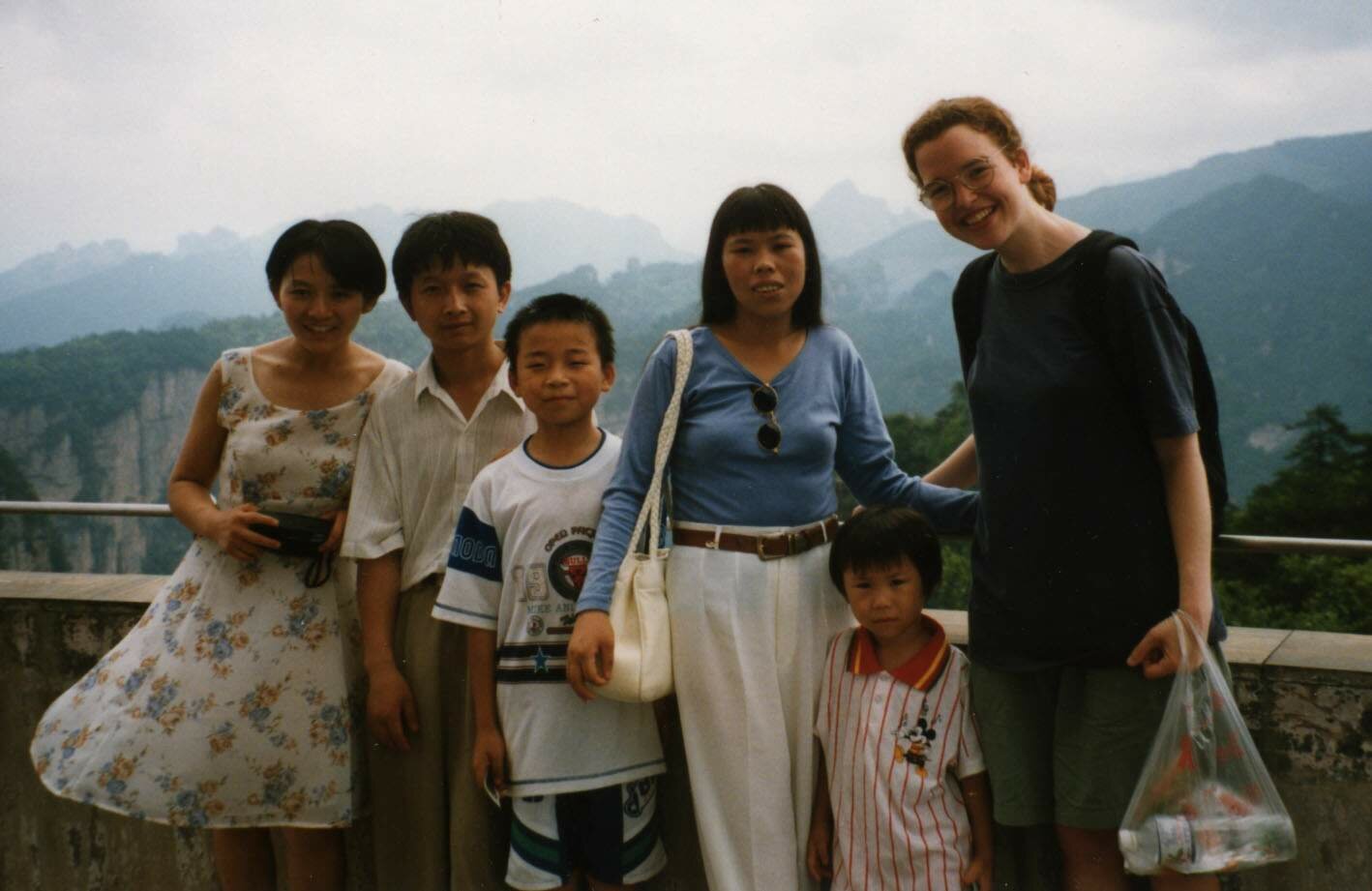|
Study Programs
- General Chinese
- Business Chinese
- Chinese and work
- Business Tours
- Executive Chinese
Business Services
- Trader database
- International trade Consulting
Global Exchange News
Contact us
Home
|
For me, falling in love with Chinese culture was a gradual process. Who can name the exact moment when friendship turns to love? And yet, I can describe in detail the moment, years later, when I realized precisely why I had fallen in love in the first place.
 |
The epiphany came to me in a public park in Macao. I had been following a path consisting of a series of delicate gaps between pairs of gracefully twisted, towering rocks when suddenly I found myself on one end of a remarkable bridge. It spanned the park's small pond not in a straight arch from one shore to the other but in a succession of luxuriant meanders and curves.
In the West, a bridge is a means for getting from one place to another as efficiently as possible. Curves are a waste of both time and materials. This was the first time it had ever even occurred to me that a bridge's path could twist and turn-that it could serve as an excuse not to rush from place to place but to linger, to pause between places, to observe a lotus flower or a pair of ducks from every possible angle.
I stood there, wonder-struck, on the curvy bridge, suddenly cognizant that this was why I loved Chinese culture-this freedom from Western pragmatism, from the tyranny of ends and means. I recalled the pavilions I had encountered the previous day in a Chinese garden in Hong Kong: "Poetry-Reading Pavilion," "Purple Dusk-Enjoying Pavilion." There had been six or seven of them, each with its own, poetic name. In the West, they would have been nothing more than nameless picnic shelters, places to escape from the rain.
That evening I treated a friend to a long, leisurely dinner in a Chinese restaurant. We feasted on "Dragon and Phoenix," "Seven Stars and a Moon," "Lake Flower Chicken," "Eight Treasure Rice." On the wall across from me hung a landscape painting: in one corner of a scroll, cold mountain peaks, a lonely stream; in the rest of the scroll, empty space.
A Westerner might ask: "Of what use is empty space?" In grade school art class, we are taught to fill the entire page. Empty space is as useless as curves in a bridge. Yet there, between one shore and the other, between the ends and the means, is where Chinese culture tarries; and with it, drifting between poetry reading and purple dusk enjoying, its ardent admirer, me.
Any comments or questions, send us an
Our Web site: <https://glexchange.net>
Global Exchange Center, 2001 All Rights Reserved.
|
|